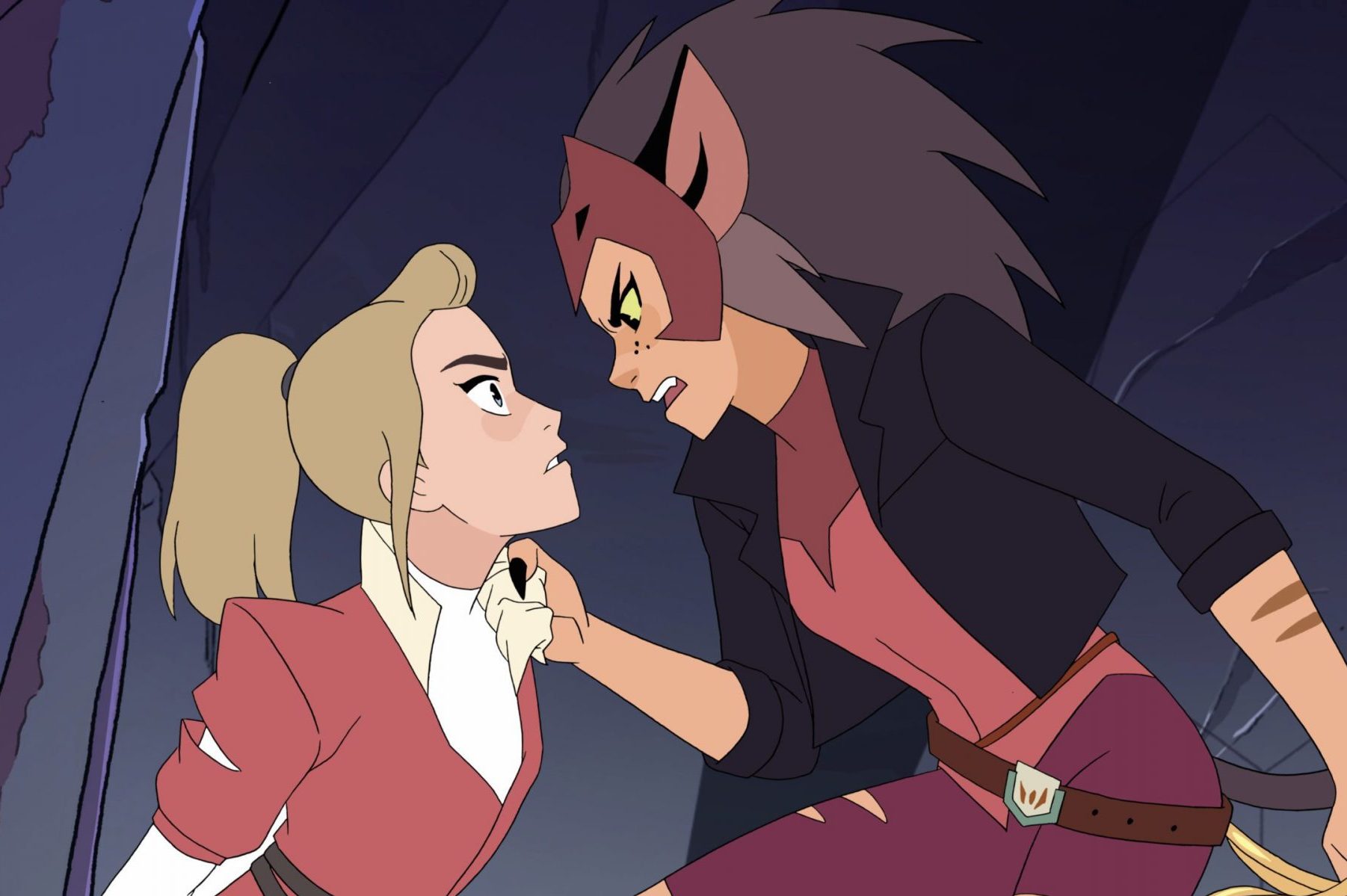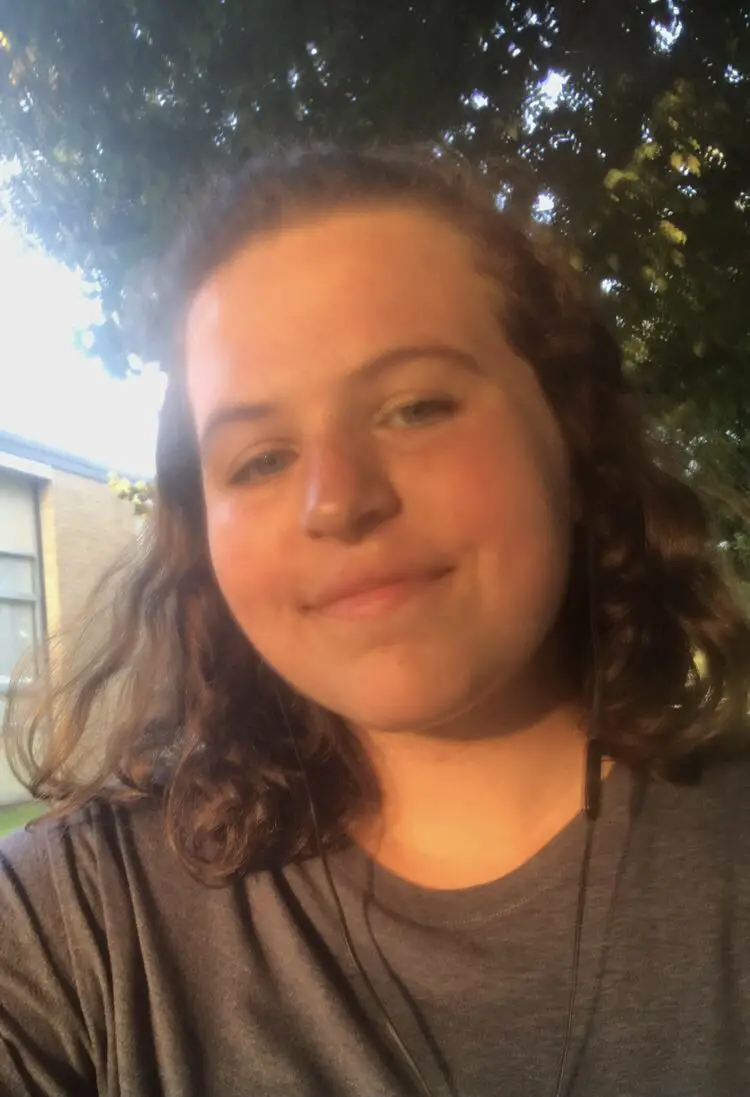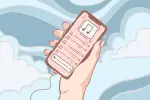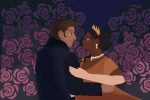For centuries, the enemies-to-lovers trope reigned supreme as one of the most popular romance tropes in the media. The trope centers around two people who are, at the very least, annoyed with each other but eventually develop mutual feelings for one another. At the most, they’re each other’s literal enemies, but over time they end up falling in love. The trope is a recipe for romantic tension and slow-burn love that audiences obsess over.
Various creators are spreading enemies-to-lovers content via TikTok and YouTube in book and television show/movie recommendation videos. Writers are also creating their own content for their favorite enemies-to-lovers ships in their own fan fiction. Despite the popularity of the trope, many are concerned that it romanticizes toxicity in relationships, especially for young, inexperienced teens. Thus, a conversation about the responsibility of the reader versus the author and the necessary distinction between fiction and reality begins.
@anotherbookplease Slow burn enemies to lovers hit different 👀 #slowburnromance #enemiestolovers #enemiestoloversromance #enemiestoloversrecs #bookrecsfantasy #booktok
The Appeal
The question of how far an enemies-to-lovers relationship could go without becoming toxic is brought up in many of the trope’s critiques. In her recent video, YouTuber The Book Leo, or Leonie, breaks down the escalation of potential toxicity within relationships depending on which enemies-to-lovers sub-trope they fit into. Leonie explains how there are differences between hate-to-love and actual enemies-to-lovers romances — mainly how the relationships in the first category rely more on annoyance to build tension, while relationships in the latter category rely on actual antagonization.
For example, an incredibly popular hate-to-love romance is Mr. Darcy and Elizabeth Bennet from Jane Austen’s “Pride and Prejudice.” Published in 1813 and perhaps one of the earliest examples of the trope, Austen portrays two people who initially don’t like each other, but they slowly develop feelings for one another as they grow and come to understand each other. An article from SyFy noted: “Elizabeth, once slighted, finds her hatred of Mr. Darcy grows once he destroys her sister’s relationship, only for her to grow to appreciate him as he saves her family from ruin and softens his manner toward her.” Once Elizabeth calls Mr. Darcy out for his improper actions and hears his side of the story, their development turns into an example of a healthier hate-to-love relationship.
A true enemies-to-lovers dynamic is the beloved relationship of Catra and Adora in the Netflix television series “She-Ra and the Princesses of Power.” As Leonie explains in her YouTube video, Catra and Adora were best friends since childhood until an event pulled them apart and turned them against each other. Catra remained one of the biggest antagonists for most of the show. In an article on Screen Rant, Amanda Steele detailed the tumultuous nature of Catra and Adora’s depiction of the enemies-to-lovers trope. They also point out that “[Catra] was the one to really try to make Adora see that she didn’t have to sacrifice herself for others and that her life and happiness was just as important as anyone else’s.” Again, it seems like the development of a healthy enemies-to-lovers relationship depends on the character arc, bringing those involved closer together and allowing them to care for each other.
Promoting the Wrong Idea?
So, what’s wrong with these ships if the endpoint is healthy? Leonie pointed out that people don’t like the idea of enemies-to-lovers ships because of the unforgivable actions done by one person to the other while they were enemies. And most of the time, at least one person is morally ambiguous or the villain of the story. An article from The Literary Huntress supported Leonie’s notion, stating how the “audience tends to create justifications and defense towards these characters, especially when compared to other love interest[s] that are less problematic.” Essentially, the magnitude of the morally gray character’s bad actions is often lessened or forgotten for the sake of romance, which doesn’t sit right with a lot of readers and viewers who aren’t fans of the enemies-to-lovers trope.
It’s generally expected that when readers are indulging in the enemies-to-lovers trope, they understand that what they’re reading isn’t always compatible with the real world. After all, who would actually want a relationship wherein miscommunication, dislike and annoyance are the norm? Thus, as Leonie quoted from Fanlore’s page on the trope, “enemies to lovers inherently needs suspension of disbelief & a willingness to look at stories through a non-literal lens.” It all comes down to how much one is willing to suspend their disbelief for the sake of enjoying a fictional romance. But it’s also necessary that the audience can recognize the trope they’re enjoying is escapism only. Here’s where the inexperienced adolescents come in.
The Line Between Fantasy and Reality
Unfortunately, teens’ standards for romance are upheld by books, television shows and movies they’ve engaged with, all of which have used the enemies-to-lovers trope in the past. Older teens probably realize the distinction between fiction and fact, and they know not to model their own romantic relationships off what they see in the media. In contrast, young adults entering their teenage years may not realize the necessity of the distinction and may glorify the trope and try to model their first real relationships off it.
In her video, Leonie discusses who can potentially be blamed for the unintentional romanticization of unhealthy relationships by inexperienced teens. She mentions the readers who enjoy the trope, the writers who produce the trope and the education system that does not adequately educate adolescents on what a healthy relationship entails. The latter seems the most probable, since there isn’t any explicit education on relationships required anywhere. Unfortunately, most kids are left to fend for themselves when figuring out relationships. The media’s unrealistic representation of them isn’t helping, especially when it’s all that the kids have for reference.
The discourse on the enemies-to-lovers trope is polarizing yet fascinating, and no one has reached a conclusion yet for how to safely distribute the content without consumers getting the wrong idea. The consensus is if the relationship is not abusive in any way, it’s fine if the partners are annoyed with each other or enemies before getting together. But concern still lies in the knowledge that someone too young or inexperienced could take the information they’re given and run with it, even if the dynamic is not the healthiest and ultimately not meant to reflect real life.

















